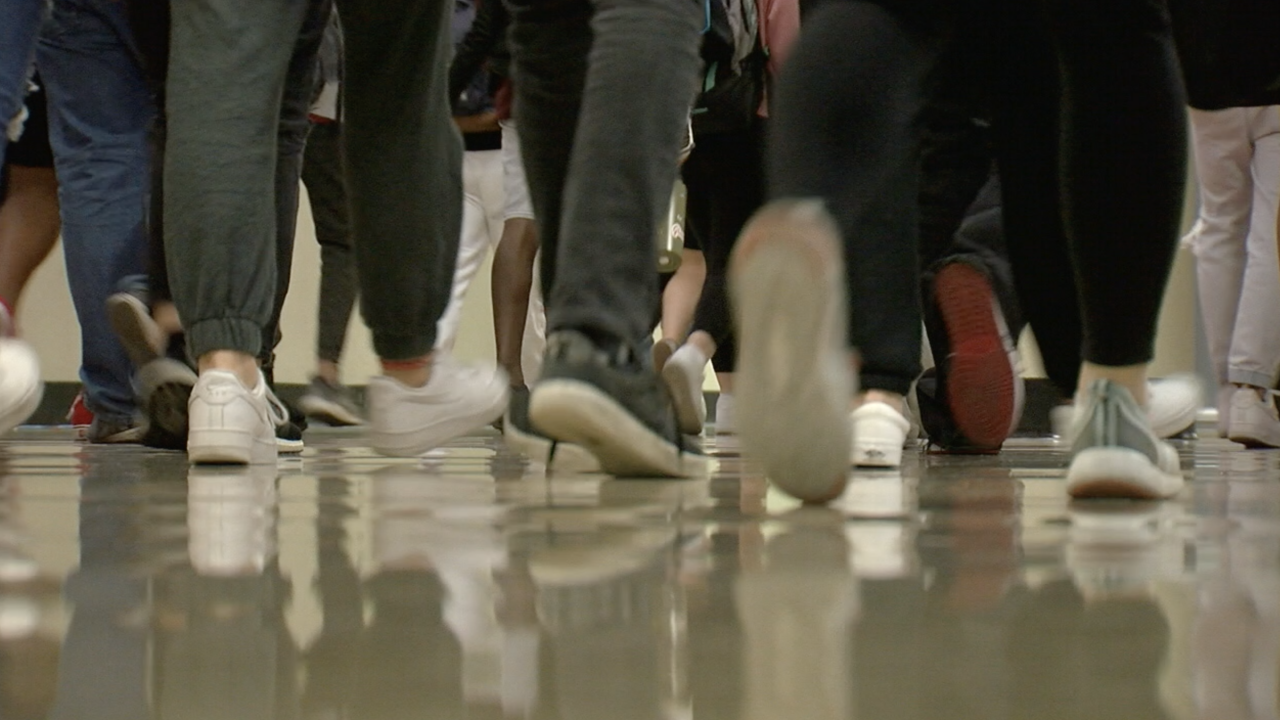CORPUS CHRISTI, Texas — School-aged children across the nation are still battling with the impact of the COVID-19 pandemic as they continue to experience setback in their learning progress.
According to the research journal, Nature Human Behaviour, students lost about 35% of a normal school year's worth of learning during 2019-22.
Math and reading scores found the most decline from students, according to an authoritative national test. 9-year-olds lost nearly two decades of progress in both subjects. Fourth and eighth graders also suffered from academic decline, mostly in math across 49 out of 50 states.
Although the peak of the pandemic may be behind us, the impact is still here.
Teachers at several school districts across the Corpus Christi area have come up with ways to help students get acclimated with learning while being back in the classroom.
"We’ve done everything in our power to be able to get our students to do what we needed to do to get them on grade level,” said Elizabeth Garcia at West Oso Elementary School.
She's been working in education for more than three decades. When her students had to make the transition to distance learning, she says she began personalizing learning opportunities to accommodate every student's needs.
“I also had class during the weekend on Sunday for my students," said Garcia,"So if you were absent during the week, I would send in a class memo to the parent and say, 'I have a hour right now, could so and so please log in?' We tried anything in our power to get the students to be able to catch up.”
According to a study from Stanford University, across the nation students lost the most academic growth in math and reading.
The study goes on to say that students in the Corpus Christi Independent School District, lost nearly half a grade level in math and reading. The same goes for other districts like West Oso Independent School District.


Kristina Kahil, the principal at Faye Webb Elementary says her school has discovered student-to-student teaching has helped.
"We've even had kids teaching each other, through the technology or up in front of the classroom," said Kahil, "Those are the things that we use to get kids re-engaged and not sitting in front of a computer all day and it's made a great impact from what is was during the pandemic.”
For third grader, Lincoln Schlumpberger, he's been adjusting to the challenges of the world since first grade. He says the hardest part about learning from home was the lack of peer engagement when it came to his assignments.
"I learned a lot more in the classroom. Sometimes our teammates can help us with some of the stuff that we get stuck on," Schlumpberger said.
And although school districts have made strides to help students get back to normal, educators say there’s still a long way to go.
“The fact that our students have gone through what they have gone through, it’s going to take us not just a year or two years to recover from this. I think for students, the gap has gotten wider than ever before, but we're making progress," Garcia said.
For the latest local news updates click here, or download the KRIS 6 News App.




